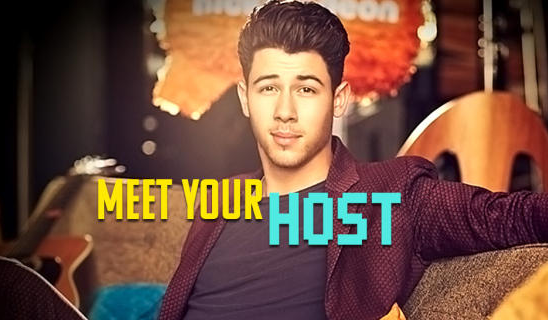It seems like every time a marketer turns around, there is another social platform, app or live-streaming option that pops up, each time giving everyone one more tool for engagement and one more place content can live.
But as more platforms become popular (or drop off completely), the question becomes: How do you create content for the right platforms in the right way?
The newly restructured Nickelodeon team addressed that in the session, “Multiplatform Storytelling: Making Creative That Moves,” on Wednesday morning at PromaxBDA: The Conference 2015.
Ross Alvord, VP of strategy and editorial at Nickelodeon Creative Promotion, says that telling stories effectively across all platforms is quite simply about “creating one unified story, and using it to reach your audience every place they are.”
The Nickelodeon team recently restructured so that it could do just that.
“As the landscape evolved, we had to evolve and change too,” said Thomas Rizzo, VP, creative director at Nickelodeon Creative Promotion.
This involved taking “separate teams, producing separate content on separate screens,” according to Alvord, and creating an environment for better communication and creation.
Before, the team included an on-air promo team for TV, a digital team for Nick.com and the app, and social media “was an island unto itself,” said Alvord. Efforts to try and coordinate stories across platforms “were often an afterthought.”
But that’s also because, according to the team, linear TV was Nickelodeon’s bread and butter. Now, kids consume these shows across several platforms and in several different ways.
The new team, Nickelodeon Creative Promotion, worked together for the first time to reach these fragmented audiences with the 2015 Kids Choice Awards.
In the past, Kids Choice Awards were promoted with big on-air spots featuring the host (Jack Black, Will Smith, The Rock). “This year, we knew we needed to act differently,” said Rizzo.
This year’s host, Nick Jonas, came with a very dedicated social media fan base.
“He’s a bonafide superstar – singer, actor, digital native,” said Rizzo. “And yes, he IS that handsome in person.”
They found that this was vital to the campaign, because after weeks of lead-in campaigns, spots and posts, “the biggest asset we had that day was Nick Jonas’ iPhone,” said Rizzo.
Leading into the March awards show, Nickelodeon put out spots on air and its online properties, as well as Jonas’ social feeds.
The week of, the team tried to encourage kids to tune in but also make them aware of a live stream of the show online. To do this, they enlisted online influencers, namely Josh Peck.
“Who better to get as an influencer than the No. 7 Vine account in the world?” said Jonathan Frederick, manager of social media at Nickelodeon Consumer Marketing.
With a following of 7 million people, Peck created Vines as several different characters. The character Peck chose for this campaign was Teenage Girl.
With a blonde wig, Peck went backstage and behind the scenes for funny videos loosely tied to the show but reaching the same fan base.
The day of the show, Nickelodeon also released behind-the-scenes videos of testing the slime car wash, the slime cannons and the Orange Carpet.
The Kids Choice Awards actually became the first awards show to use Periscope to live stream the event, making it a focal point in its Orange Carpet coverage. Periscope had only launched days before, but Nickelodeon felt it would be a perfect tie-in for the social event.
In the end, the show was the No. 1 telecast for kids the week of March 28, with more than 10 million viewers watching across platforms. More than 7 million people vote on various things throughout the show, and the event triggered 27 trending topics that night.
Alvord says that this is only the beginning for the network.
“We’re really happy with the results but we’re still learning,” he said. “The way our audience is consuming their media is ever changing, and we’re going to do our best to change with them.”
Tags:













































__twocolumncontent.jpg)











